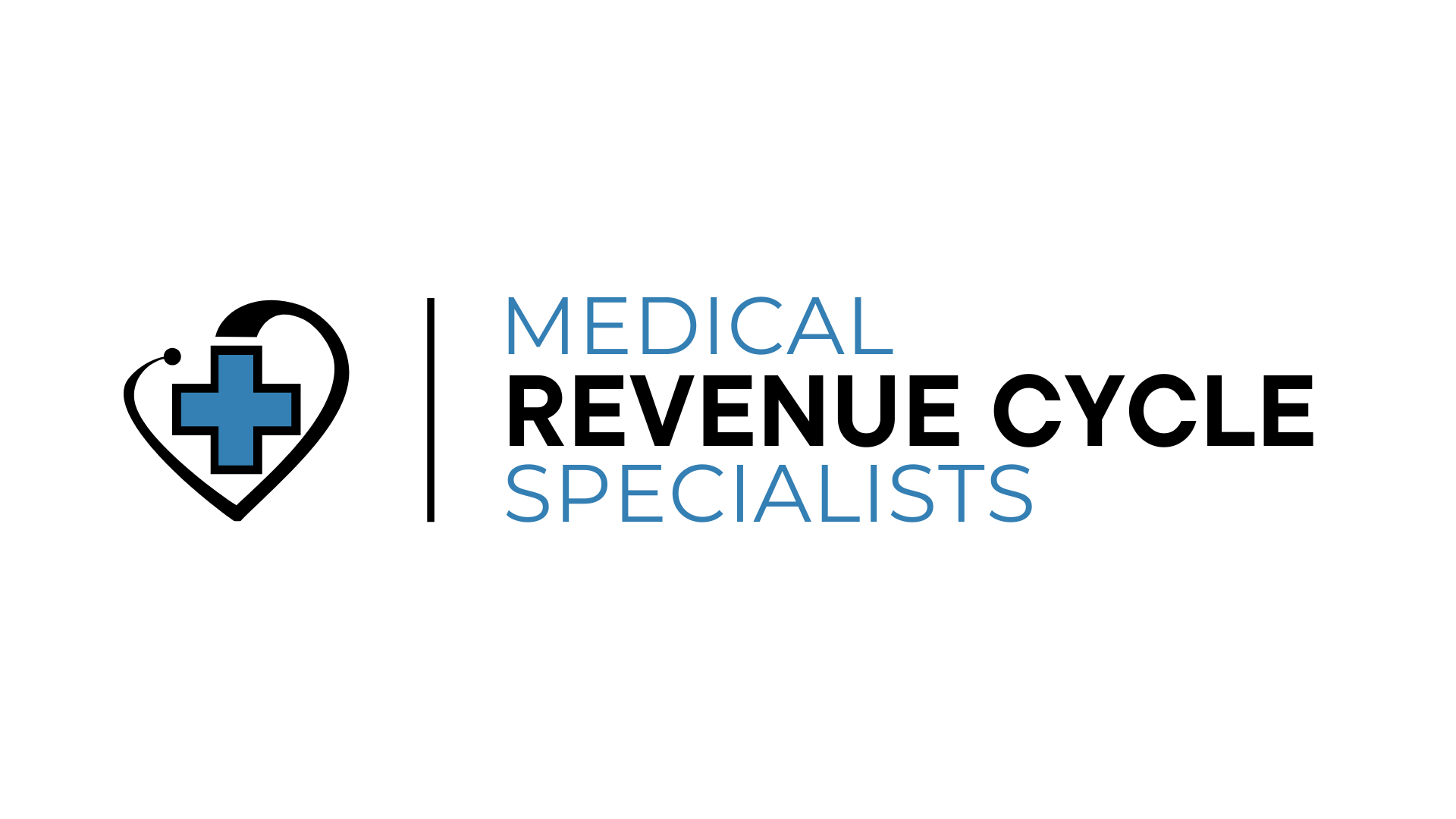The Return of Mask Mandates: A Controversial Measure in the New Era of COVID-19 Management
- Nick Fernandez

- Sep 13, 2023
- 3 min read
Updated: Sep 19, 2023

As the United States grapples with the ongoing threat of COVID-19, a handful of institutions across the country are reinstating mask mandates, sparking a debate that seemed all but settled. As we head into the fall of 2023, the situation remains as contentious as ever, with opinions and policies diverging along various lines—from political to institutional.
The Organizations Making the Move
Earlier this month, movie studio Lionsgate asked its employees to mask up on specific floors of its Santa Monica facilities following a few positive COVID-19 tests. Similarly, health care providers like Kaiser Permanente and Upstate Medical University in New York have reintroduced mask policies at some of their locations.
Schools are also revisiting mask mandates. Morris Brown College in Atlanta, for instance, reinstated mask requirements as a two-week precautionary measure. While some appreciate the cautious approach, others like Georgia Rep. Marjorie Taylor Greene find these new rules unacceptable, declaring, "Americans have had enough COVID hysteria. WE WILL NOT COMPLY!"
The Medical Perspective
According to Marcus Plescia, Chief Medical Officer for the Association of State and Territorial Health Officials (ASTHO), the need for such mandates should be determined on a case-by-case basis. Public data should inform these decisions. The ongoing politicization of mask-wearing complicates matters, as does the Supreme Court's ruling that businesses can uphold their own policies but the federal government can't impose vaccine-or-mask mandates on companies.
Healthcare facilities appear more unanimous in their approach. Institutions like St. Joseph's Hospital Health Center in Syracuse, N.Y., and United Health Services in upstate New York have reintroduced mask mandates, given the higher risk in these settings.
The CDC’s New Metrics
The CDC's current guidelines now focus on hospital admission levels as the key indicator for masking advisories. Counties are categorized into green, yellow, and red zones based on their COVID-19 hospital admissions per 100,000 people. The CDC recommends masking in indoor public spaces for those at high risk in yellow or red zones. Yet, just 3% of U.S. counties are currently in the yellow category, and none are in red, according to the latest data.
A Complex Scenario
As we move into the respiratory viral season, COVID-19 is not the only concern. With the possibility of flu and other viral infections putting additional strain on healthcare systems, Marcus Plescia suggests that viral mitigation measures need to be multifaceted. He further points out that the U.S. isn't in a state where all workspaces should reinstate mask mandates universally, except for certain high-risk environments like healthcare facilities and nursing homes.
What Does This Mean for Us?
As we navigate this new era of COVID-19 management, the debate over mask mandates is far from over. While medical experts maintain that high-quality masks like N95s can effectively reduce the spread of the virus, the question of whether to mandate such precautions remains a matter of hot debate.
With new COVID-19 shots expected this fall, and an increasingly vaccinated population, the focus is shifting towards individual risk assessment. However, it’s evident that in specific settings, particularly in healthcare and education, the return of mask mandates is viewed as a necessary step to curb the spread of the virus.
It is a complex and evolving situation, one that calls for a nuanced approach, backed by data and devoid of political undertones. Only time will tell how effective these renewed measures will be in controlling the spread of COVID-19 as we head into yet another uncertain fall season.




Comments